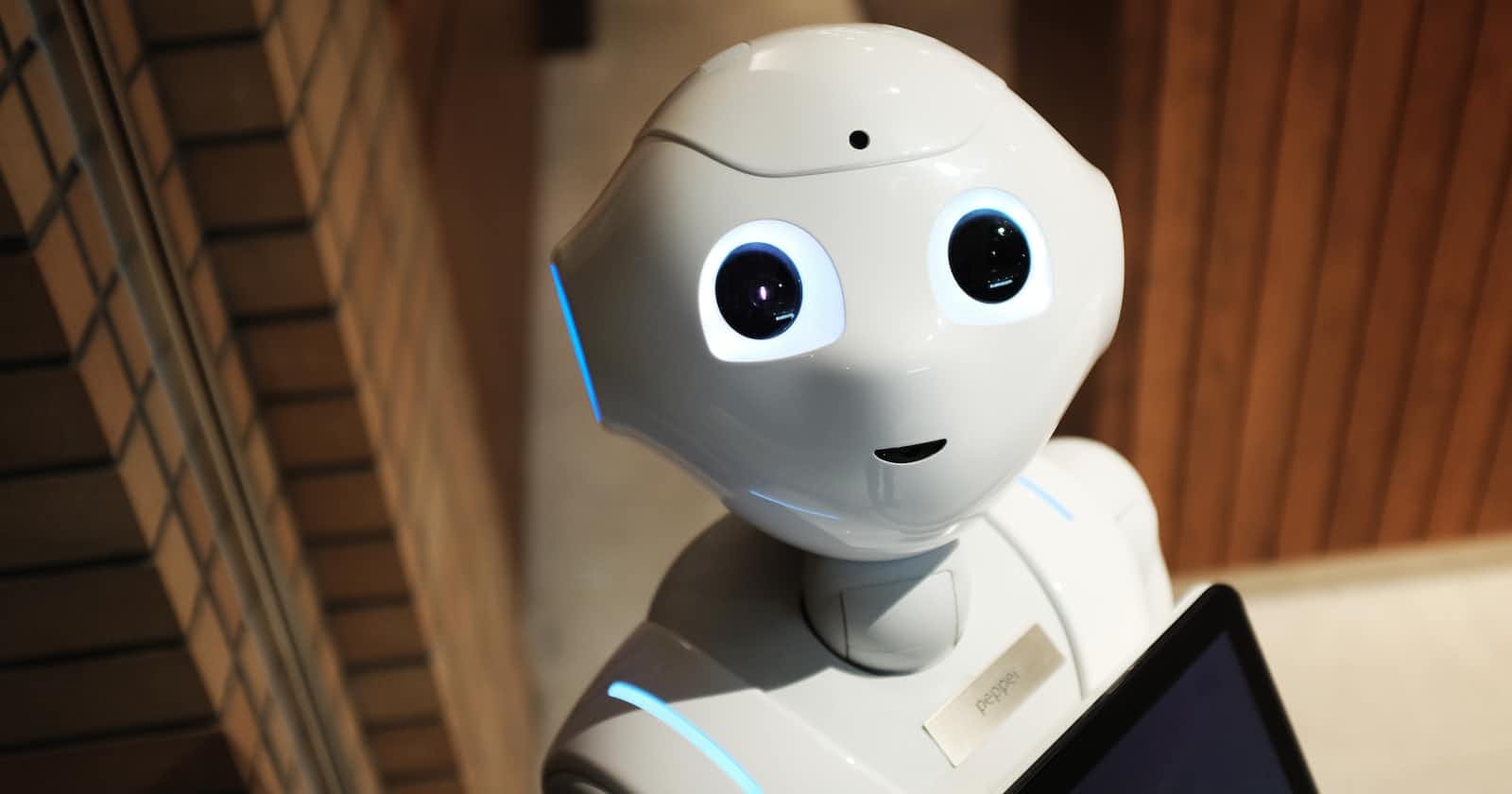
Photo by Alex Knight on Unsplash
A step-by-step guide to building machine learning models
Collect - Prepare - Choose - Build - Test - Improve
Suppose we were asked to build a computing system that answers whether an individual is healthy or not. The system employs a sophisticated machine learning model to give an accurate reply most of the time. However, creating such a groundbreaking model requires proven methodologies used by data scientists and ML engineers. Want to know more? Let’s dive in and explore the steps for creating predictive models.
The steps to build a machine learning model
Data collection:
Any machine learning model must be built upon data. Hence, we must start by gathering relevant data. When we refer to data here, we are mainly talking about relevant features and their corresponding values suitable for solving the problem at hand.
Models behave according to the data they were trained on. So, we must provide them with informative data collected from highly reliable sources.
Where to collect the data from? Kaggle and many other open-source websites bring us clean and formatted data sets for free. However, we can use web scraping techniques to gather customized data from the Internet and APIs if required.
Preparing the data:
At this point, we should try to understand more about the data: its shape, its type, its distribution, etc., and we shape the data well to fit our problem statement. After all, machine learning is just a computing technology built on numbers where text data directly doesn’t matter to it. So, if the data set contains any text data, convert it to numbers while retaining the necessary information hidden in it.
Handling outliers and dealing with missing data is also a part of preparing data. Normalization, standardization, aggregation, etc., are the other statistical techniques to scale and adjust the data for better analysis.
To continue working with the data, we need to split it into 80:20, or 70:30 ratios to use them for training and evaluation, respectively.
Choosing the right algorithm:
Although we have made some decisions in the earlier steps, now is the core decision-making phase i.e., to decide on the right model for our data. There are various machine learning algorithms available to choose from. However, we have some standard thought processes to choose a suitable algorithm for our data.
We have a different set of algorithms that works differently depending on the type of business problem, the difficulty of the dataset, and the nature of the data. For instance, we use classification algorithms for categorical data, while regression algorithms are good for continuous data. We go with ensemble ML techniques for complex data and use basic algorithms like linear regression on simple data. Text, image, or video data requires deep learning algorithms.
Do you recall we talked about the question of whether an individual is healthy or not at the start? Since this is a categorical problem, we must use classification algorithms here.
Teach the model:
The next important step in creating a question-answering model is training. Once you have chosen the machine learning algorithm for your problem, apply it to the dataset. The algorithm becomes a customized model for the current problem as it is exposed to more data instances. In python, the technical term ‘fit’ is used more often to train a model.
Exam time:
Now the model is ready to be tested. Since the model has learned from the exposed dataset, we will now pose questions from the unseen data and check whether they are answered correctly.
Performance evaluation metrics also vary depending on the type of problem we’re tackling. For example, we use metrics like confusion matrix, precision, recall, and f1 score for classification problems while r-squared error and accuracy measures are good to go for regression models.
If the predictions are accurate, we can go ahead with the deployment. However, if the model is not performing well, we should try tuning and optimization techniques to enhance the model’s performance.
Second chance:
Every failure deserves a second chance to make things right. Similarly, for a poorly performing model, we should revisit the data cleaning, feature selection and engineering, or algorithm selection phases to make potential changes with the hope for improvement.
Many machine learning algorithms do support parameter tuning techniques to better fit the datasets. Therefore, it’s not a bad idea to try them out for the model’s sake.
The model is now ready to handle real-world queries in a production environment.

